Question: Which would you rather have — more organic traffic or better rankings?
It’s a trick question for most of us — we’d actually rather have both. That’s because we know that both search engine metrics can make a huge difference in our businesses.
As you probably already know, Google tends to rank pages higher in search results based on the authority of that page. In modern SEO, links build up the page’s authority and improve its SEO value. In the same arena, duplicate content gets penalized.
The right key word search term can mean the difference in traffic and rankings.
Recent data estimates that the link popularity of a specific page accounts for 22.33% of the components of Google’s ranking algorithm.
What if you could access the most updated resources that would help you build the right links? What difference would that make in your investment, considering that about 37% of business owners spend between $10,000 and $50,000 per month on link building?
Over the years, I’ve come to understand that a link building campaign with useful content and quality anchor text phrases is easier than most people think.
If you can develop and document your strategy, you’ll ultimately generate more authority links for your pages. Both content marketing and link building are like those interconnected steel rings magicians use — the ones that can’t be separated.
In this in-depth post, I’ll show you 9 link building software resources that you can tap into any time that you want to.
These resources provide scalable link-earning techniques, tips and best practices that are proven to work. When you implement them, your search engine rankings and site traffic will both improve.
1. Broken Link Building Bible (source)
All links are created equal, right? Actually, no.
Link building used to be easy. You could set up a few PBN (private blog network) sites and get a bunch of links that’d push your organic rankings to the top. But does it still work?
The honest guys says you shouldn’t do it. Ditch the idea of a PBN. Sooner or later, Google will catch up with you and push your rankings to page 107 or de-index your pages altogether regardless of how popular your search term is.
Instead, to get links that’ll actually improve your search listings, increase your search term traffic and get you a higher click-through rate (CTR), you need to study the Broken Link Building Bible.
Broken link building is a white-hat and scalable tactic for getting the right kind of links.
At its core, it’s a content-focused strategy for any link building campaign. You simply find dead (or broken) links, analyze the page for relevance and create more valuable content to replace the broken content. This helps site owners, editors and webmasters improve their site user experience by replacing broken links with a link to your page based on a search term.
With the right approach, you can create an link building campaign and automate broken link building, which will continually build momentum for your site with this simple link building software.
As you go through the Broken Link Building Bible, you’ll discover why broken link building is perhaps the most effective white-hat link building strategy to come along in years.
However, understand this: Your success at getting the right links will entirely depend on how willing you are to research and analyze or audit different websites.
Broken link building is all about making an impact. It’s about helping webmasters and making the web a better place.
Webmasters are always happy to fix broken links – if they find them. They know there’s a relationship between Google rankings and links but, on big sites, finding broken links isn’t easy.
You’ll also want to make sure you aren’t linking duplicate content.
A dead link — that is, a link that no longer works — doesn’t do the user or the site any good. In fact, too many broken links can have a negative effect on a site. Webmasters hate doing all the keyword search term work and link building to have this happen.
Having too many broken links on a page is a sign of a neglected or abandoned site. The Google Search Quality Raters General Guidelines view broken links as one of the ways to measure a homepage’s quality. It’s one SEO tool.
According to Moz, broken link building is a strategy that constructively addresses many of the competing interests in our industry: content vs. links, link earning vs. link building and inbound vs. outbound.
2. Advanced Guide to Link Building (source)
I’ve had my fair share of SEO struggles. I struggled to get other sites to link to my posts. I struggled to keep up with Google updates. I struggled to reach the expected quantity and quality of links necessary to rank highly in Google.
Those struggles taught me that achieving success online takes time. You have to be patient and you’ve also got to create content that’ll help people get closer to achieving their goals.
One of the best steps I’ve taken since I started blogging is the creation of The Advanced Guide to Link Building, which I shared with the digital marketing world for free. This isn’t link building software but helps you understand the steps necessary for success regardless of what building software you choose..
If you’ve struggled to build the kind of links that Google loves, the way I did in the beginning, you should study this guide. It’ll show you:
- How to go about finding and getting those “perfect links”
- The right way to create epic search term content that’ll help you build relationships with the leaders in your industry
- How to identify and approach the authority sites you can get links from in just a few minutes
- The hidden secrets to getting hard-to-come-by .edu and .gov backlinks
- The step-by-step method of link-building outreach that walks you through the process of initiating and building a relationship with influencers and pro bloggers
3. Using Educational Linkbait to Get Valuable .Edu Links (source)
This resource was written way back in 2011, but it’s been consistently updated to match modern SEO best practices. It’s not your typical long-form post — it’s pretty short, actually — but it’ll show you:
- Why educational links matter
- How to create content that attracts .edu links
- How to build relationships that help you get these links
Link building has evolved significantly since 2011. Lots of tactics that used to work have since fizzled out — e.g., article directories, duplicate or barely-rewritten content, etc.
But educational sites have remained a viable source of high-quality links for any site.
Incoming links from educational websites are often perceived as the most powerful links you can get and getting a bunch of these links can skyrocket your search rankings.
It’s true that .edu links aren’t the only kind of powerful incoming links. There’s no proof that Google rates them universally higher than all other kinds of links. John Mu, a webmaster trends analyst at Google Zürich, clarified the issue:
However, educational backlinks are powerful — just like links from any other high-authority domain would be.
Educational backlinks are hard to get. Your link building software can only help if you have high quality, respected content. According to Felix Tarcomnicu,
The harder it is to get a backlink, the more value it will have.
Sites with .edu domains typically have high authority as they’ve been around for a long time and have many trusted quality sites linking to them.
That’s why many of these sites are viewed as authoritative by Google. Therefore, getting links from these authority top-level domains improves search performance.
Wordstream’s guide on using editorial linkbait to get .edu links is a must-read. It uses anecdotes to explain the relevance of educational links and to show how you can create .edu link bait.
Link bait is simply content on your site that other sites link to willingly because the content solves a problem. This is the type of content people will tag with a social bookmark.
When people link to your content page on their own initiative, it means you’ve created a linkable asset. The intersection between link bait and linkable asset is your sweet spot for converting your prospects into customers.
It can be a blog post, a viral podcast, an infographic or a helpful ebook. Ultimately, you want people to view your site with the same authority and want to tag it with a social bookmark as well.
How to get educational backlinks: High quality links make the difference. After Google launched Panda, Penguin and Hummingbird algorithm updates, quality became the defining factor of a link, as opposed to quantity.
It’s no longer a question of how many links you need to rank. The challenge that most SEOs and site owners face is actually getting these quality links (e.g., .edu links). This is where high quality, easy to use, link building software makes life just a bit easier.
The vast majority of educational sites from top universities and colleges don’t accept guest posts. The ones that do accept guest articles are stricter than you can imagine. You can’t just write any post you want and get them to publish it.
Also keep in mind that guest blogger or contributor content may be available through various domain names as it could by syndicated. Check links to make sure it isn’t duplicate content you are using and making a social bookmark with.
So, guest blogging is perhaps not the best or most effective way to get .edu links. But there are other ways that are proven to work.
You can use advanced search modifiers to find education sites in Google. Your goal is to narrow your results down to educational results pages. Some of the search strings you can use are:
a). site:.edu – shows you search results containing educational result sites only
b). site:.edu “blog” – returns search results for educational blogs only
c). site:.edu “forums” – if you want to participate in an educational discussion board
d). site:.edu “comments” – for educational blogs with comments sections
e). site:.edu “log in / create account” – returns .edu blog extensions that allow you to sign up as a user for the purpose of commenting or other kinds of participation
f). site:.edu inurl:blog “seo” – for educational blogs that understand SEO and would be interested in learning more about search engines
Let’s try one of the search strings:
As you can see, the search result contains only educational sites. But, it’d be difficult to get links from those sites. It’s much easier to get a link from a blog than a static web page. This is the nature of almost any link building campaign.
So let’s drill down our search to focus on blogs:
These results are more specific to educational blogs related to marketing. If your site is related to sales or marketing, those educational blogs are your targets.
Broken link building is the easiest way to get your links from educational portals. All you’ve got to do is find dead links on these blogs and suggest better content — your own — to replace it.
Broken link building works. For example, Michael Chibuzor, founder of contentmarketingup.com, generated 27 links from .edu domains in 90 days.
Brian Dean has taught broken link building and his students are seeing great results. Recently, one of his students, Emil Shour, set out to rank for his most profitable search engine keyword.
He leveraged the skyscraper technique and created an in-depth, long-form article in the employee wellness niche, entitled “121 Employee Wellness Program Ideas for Your Office.”
Richard researched industry blogs that are relevant to employee management, found broken links and sent outreach emails to all of them.
By doing this, Richard was able to push his post into a number #1 ranking and generated $100,000 in revenue. Richard also boosted his organic traffic by 348% in just 7 days.
So how do you find dead links on educational blogs that you can capitalize on to get incoming links?
It’s easier said than done, but it isn’t impossible. Here are the step-by-step instructions:
i). First step: Go to Google and search for educational resource pages. These pages contain lists of links to external sites and contents.
This time, let’s find educational resources for small businesses.
The search string I used is “site:edu “resources” + blogs + small business
And here’s the results screenshot:
You can see that the search results are relevant to small businesses only. This makes them viable.
ii). Second step: Choose one of the resources and click on it. Here’s the page, with all of the resources:
Some of the outgoing links on this page may be dead, but you can’t tell just by looking and clicking on all of them one-by-one will take lots of time.
Instead, use a tool designed for checking dead links …
iii). Third step: Go to deadlinkchecker.com. Copy the resource page address as it appears on the browser.
Then paste the site address into the search bar and click the “check” button:
Out of the 142 out-going links analyzed by the dead link checker tool, 8 of them are dead. Those are the links that return any of these error messages: 404 not found, 400 bad request, -1 not found, etc.
Next, prepare your content. Remember that since you’re concerned about small business, your content needs to be relevant to that topic. Otherwise, it might be difficult to convince the blog editor or administrator to swap out the dead link for your page. Search term research helps here to ensure it is relevant in today’s search engine realm.
iv). Step four: Send a personalized outreach email. I’ve received several outreach emails that are obviously form letters. Sometimes, the exact same email I receive went out to 10 or more other bloggers.
Don’t do that. Instead, personalize your email subject lines when reaching out to educational blogs. This is key to better email open rates.
Often,these people are academics and any slight error or hint of deception will result in your email being deleted without being read.
To “personalize” means that you give it a personal touch. If you know the name of the person you’re writing to, address them by their first name.
Not everyone understands how to write persuasive emails to site owners and bloggers. If that’s you, don’t worry. Just use the email templates below and add the person’s name, if you know it.
When using any email template, keep these things in mind:
- Write lowercase subject lines – I do this all the time because I want the email to seem casual as if it’s from a friend, not a robot.
- Be creative – emails that are boring and lack emotional appeal won’t get opened or responded to.
- Personalize – you have to include the person’s name and the website name in the email so it doesn’t come off as spammy.
Here’s a broken link email template you can model:
If you didn’t find any dead links on your targeted educational resource page, don’t give up. Instead of sending a broken link email, you can simply send a basic link request email.
If broken link building seems like a lot of work, or too difficult to tackle, there are other tactics that I’ve personally used to get .edu authority links:
- Blog comments
- Create a case study that’s relevant to the subject matter
- Blogger recognition
- Leveraging alumni news
- Local resource pages
- University discounts
- Improve a section of a site
As you can see, link building software may help but isn’t necessary.
You can learn how to apply all these link earning tactics in Chapter 5 of the Advanced Guide To Link Building.
4. Linking Out Instead of Link Building to Rank in Google (source)
This helpful resource shows you why linking out is a strategy, not a tactic — because when you build quality anchor text phrases to outsiie sites, you also get these benefits:
- Enhanced awareness for your site and brand
- Opportunities for other sites to link back to your page
- Search engine awareness that you have a timely and useful resource
- More helpful information for your readers
And so on…
Developing a link building strategy isn’t a cakewalk. Heck, even SEO experts sometimes fail at a link building campaign.
Link building software and tools help, but you still need to split test everything.
Outbound links or links that point to external web pages from your own site can actually impact your blog authority. Make sure the pages your links point to are relevant, useful and have good standing with Google.
At the heart of effective an link building campaign is the concept of giving.
In other words, you link to other sites, pages and case studies willingly.
“Linking out instead of link building to rank in Google” is a helpful resource that doesn’t follow traditional advice. Rather, it capitalizes on the principle of reciprocity.
According to Wikipedia, “reciprocity is a social rule that says we should repay, in kind, what another person has provided us. That is, people give back the kind of treatment they have received from you.”
For example, if you’re writing a guide to SEO, you should link out to authority sites that have addressed the topic before. As much as you can, link out to pages with high page authority – it’ll have a dramatic impact on your search performance and online visibility. Use simple search term phrases for anchor text when possible.
Reciprocity is one of the most vital of Cialdini’s 6 principles of persuasion. We humans are basically hard-wired to pay back our debts, help those who offered us a helping hand and generally treat others as they’ve treated us.
I’ve applied the principle of reciprocity to grow QuickSprout to over 700,000 monthly visitors and generated tens of thousands of quality backlinks. I give away tremendous value in my content.
When I write a post, I link out to anywhere from 5 to 20 external web pages that contain helpful and relevant content.
I don’t claim to know it all – that’s why I include the views of other expert’s in my posts. It’s also helped me earn more links and increase revenue since 2007.
Here’s one of my recent posts on neilpatel.com. I linked out to more than 20 external web pages that offer additional information to my readers.
Linking out to relevant pages not only earns you editorial links, but it also improves your search rankings. A survey of major newspapers on the web found that those who link out tend to outperform others who don’t on several performance metrics.
Check popular sites like Digg, Reddit, Twitter & Tumblr – they all link out excessively, and yet they still have millions of visitors coming back again and again.
If you’re worried that linking out will harm your rankings, do you have any proof of that?
I’ll keep looking, but so far I haven’t seen any proof that linking out to relevant and informative sites/pages that users will benefit from actually hurts my long-term rankings and revenue.
5. Low Hanging Fruit: Linkbuilding with Screaming Frog (source)
To a large extent, valuable content makes it a lot easier to convince webmasters to link to you. According to MarketingSherpa, “53% of businesses view content creation as the single most effective SEO technique.”
There are lots of opportunities to grow your site, if you just study your Google Webmasters Tools data and pinpoint the links coming in to your site.
Go to Traffic > Links to Your Site:
Next, go to “More”:
Finally, download latest links (limit is 100,000):
Getting the right links may seem difficult, especially when you’re not producing enough content.
But if you consider the impact those links will have on your search rankings, you’ll invest in content creation and promotion.
The old way of creating content and expecting customers to just show up is no longer feasible. You need to spend about 70% of your time and resources on promotion – that’s the new and better way.
“Low Hanging Fruit: Link Building with Screaming Frog” is an in-depth post that reveals opportunities for getting the right links using Screaming Frog, a premium SEO tool for link reclamation and link analysis.
Screaming Frog is invaluable as link building software for architecture research. You can also use it to initiate relationships with bloggers and reporters, among other things.
The tool can analyze your links and show you ways to pass more SEO search term value to your web pages.
Knowing when to increase your link building efforts or slow down with that mission is critical. This is the whole essence of link velocity, which measures the rate at which other sites link to you.
There’s no single rule on how fast you should get links to your site. SEOs have differing opinions, but Google hasn’t commented one way or the other.
The best approach is to create more content and increase your site authority. Content growth can solve your link velocity problems.
For example, it doesn’t matter how many links Moz.com or HubSpot.com generate this week; Google won’t view those links as manipulative, because both sites have good authority and thousands of pages already.
6. Your Link Reclamation Sucks Like Irene’s Dyson (source)
Link reclamation is the easiest way to earn editorial links to your pages from referring sites that mentioned your brand but didn’t link to you.
Whether you’re a B2B or B2C marketer, there are three sources of links you need to reclaim:
i). Brand mentions: This means aspects of your brand such as your site, events, courses, etc. Other sites could be mentioning your site, without linking to it. Brand mentions are the future of link building. Through link reclamation, you can request actual links be added to mentions that already exist.
ii). Product mentions: Several sites, media portals and discussion boards could be mentioning your product without linking to your sales page or homepage.
If you’ve got a great product, I can almost guarantee that you can reclaim 10 or more unclaimed links today. You don’t need link building software for this. You can use the Rank Tank’s brand unlinked mentions finder tool to find these product mentions across the web.
iii). Personnel mentions: What about your team, your name, your nickname or your professional title?
All of these provide another opportunity to reclaim unlinked personal mentions and boost your search rankings based on your company or you being the search term. You want people to view your site with the authority to use you as the social bookmark.
If you want to dominate social media and claim brand mentions easily by building relationships with social media power users, site owners and bloggers, this guide — “Your Link Reclamation Sucks Like Irene’s Dyson” — will help you.
In an earlier Whiteboard Friday video, Ross Hudgens showed that that you can reclaim links from brand misspellings, brand monitoring and moving links to primary domain, etc.
7. Ultimate Guide to Link Building (source)
Without a doubt, links connect the web together. Links exist because there are websites, pages and portals that need to share information with users, rank pertinent content, push the drivel aside and prevent plagiarism or duplicate content where possible. That is the job of search engines and every SEO tool must play in their realm.
Who links to your site and how they link to it are more important to Google than virtually any other Google ranking factor. Data from Searchmetrics suggests that the number of backlinks is the third most important factor in the UK Google ranking factors.
In this book, Ultimate Guide To Link Building, Eric Ward shows you:
- How to build links
- How to gain authority and credibility for your website
- How to increase your site traffic and rankings
Ward teaches with a deep understanding of link profiles, what makes them good and how to maximize the quality of links that point to your site. Understanding this means you won’t need expensive link building software but you may still take advantage of tools to make you more efficient.
Ward uses illustrated case studies, expert interviews and helpful resources in this book to drive his message home. You’ll find that getting backlinks can actually be fun, once you master the art of networking with bloggers.
Using some of the outlined whitehat backlink techniques, Dom Wells, founder of Human Proof Designs, built 59 quality links to his new site in 10 weeks.
And Inflow used email outreach (a tactic for connecting with site owners and getting them to reference and link to your page) to gain 96 links from 43 domains.
8. Link Building for Startups – Find Unlinked Brand Mentions at Scale (source)
Most startups waste time trying to get the right links when there’s a far more accessible opportunity right under their noses.
More links will improve your search performance, increase leads to your business and increase your revenue. If you don’t get links to your site, your search rankings, traffic and leads will suffer. Your startup will fail.
If you’re a startup entrepreneur, you’ll agree with me that you need to contend with a lot of competition.
According to Club Z, about 80% of startups fail to see projected return on investment, frequently due to a lack of planning and experience.
Before you can drive targeted visitors from Google and benefit from your site, you need to build quality links to your pages.
Guest blogging is a viable and free way to do just that. As you contribute to industry blogs, you can speed up your rate of getting links by simultaneously reclaiming your brand mentions.
For example, I could cite your domain name (e.g., dodocase.com) without linking to it. Before someone can visit that site, they’d have to copy and paste it into their browser or look for it via a search engine.
But if the domain name was hyperlinked, when someone clicks on it, they’ll visit the startup site.
If you’ve been consistently creating fresh and useful content and promoting your site through social media, there’s no doubt that other sites are mentioning your brand name. Don’t let these mentions be a waste; reclaim them and be your own best search term.
And that’s exactly what you can learn from “Link Building for Startups – Find Unlinked Brand Mentions at Scale.”
9. How to Get Links on Resources Pages (source)
One of the most effective methods I use for getting links is through resources pages. With this tactic, Startup Company Lawyer got a link on the resources page of Johnson Cornell University.
Although contextual links are desirable and powerful, you still need to diversify anchor text, If all your links appear within the content, this may not seem natural.
I am a firm believer that there’s no single one-size-fits-all approach to link diversity ratios.
Depending on the domain authority and page authority of referring pages and their IP diversities, Google can use these factors to gauge and pass value to your links.
Different niches require different approaches to getting links. For example, building links to a niche site (e.g., a site focused on a specific topic or product) is a delicate process, because you’ve got to be mindful of the linking site – making sure they’re relevant even if they’re not too popular.
But for an authority site, it doesn’t matter where you get your links from. It could be from an entirely unrelated web page, but provided your site has some authority Google will likely not view this as spammy.
“How to Get Links on Resources Pages” is a helpful guide that gives you vital information on how to get the right links by capitalizing on resource pages – pages with plenty of linked-to resources (e.g., blogs, books, papers, resource works, images).
Matthew Barby used the resource linking tactic to find link building opportunities for the travel blog he created with a group of friends, MeltedStories.com.
He got 15 new links from the sites he contacted, generated a decent amount of traffic and grew his blog.
Conclusion
At the heart of every link building campaign is email outreach. Whether you’re involved in guest blogging, broken link building, social media networking or blog sponsorship, you need to connect with people.
However, you can’t simply blast scripted emails to hundreds of people and wonder why only a handful of them read it and replied to you. You also need to learn how to write high-converting emails.
Get personal. Your target audience wants to connect with you on a personal level. They should want to make you a social bookmark.
That’s the quickest way you can build a loyal audience, get referral traffic, improve your search traffic, increase your email subscribers and grow your sales.
As usual, your comments are appreciated. Which of these resources have read, and what lessons can you take home and implement on your blog?


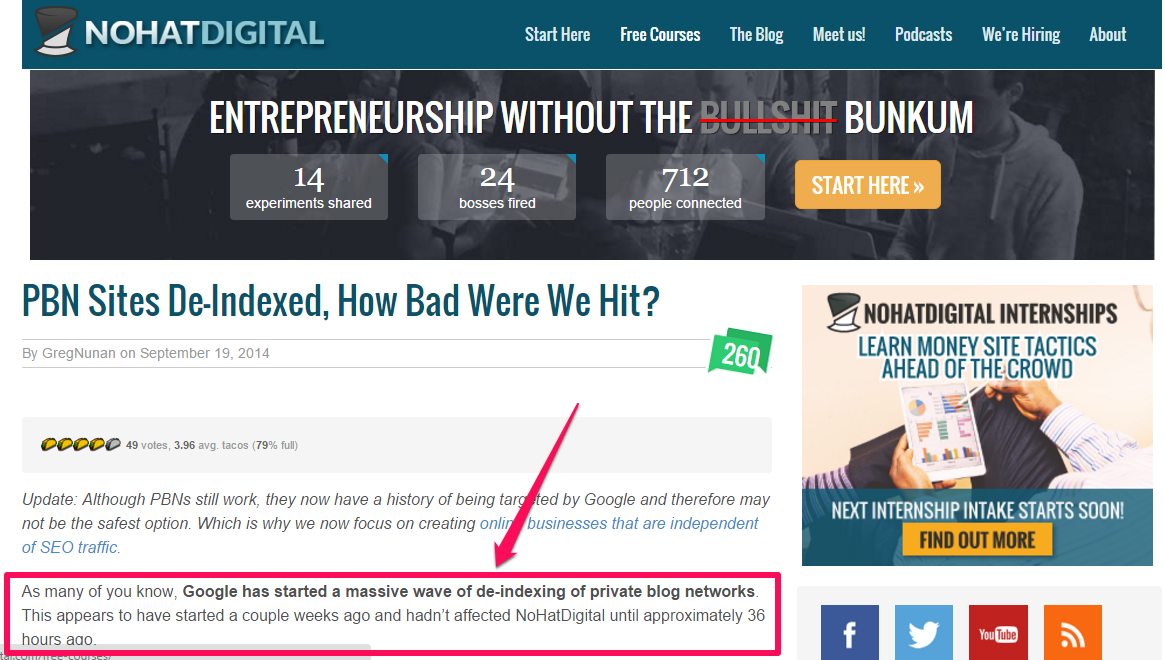













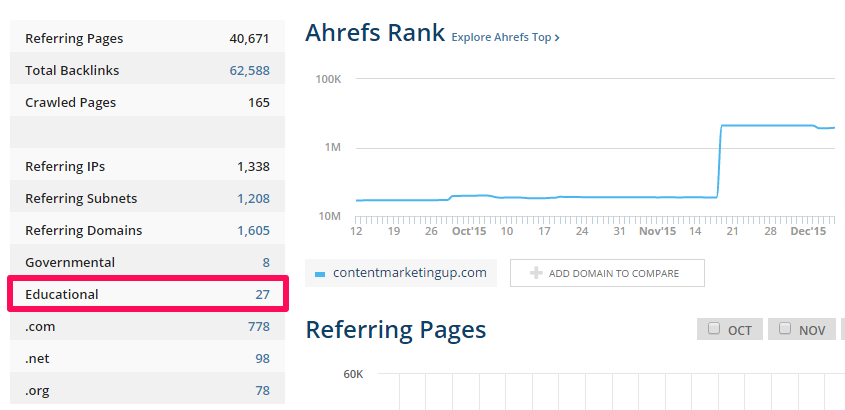








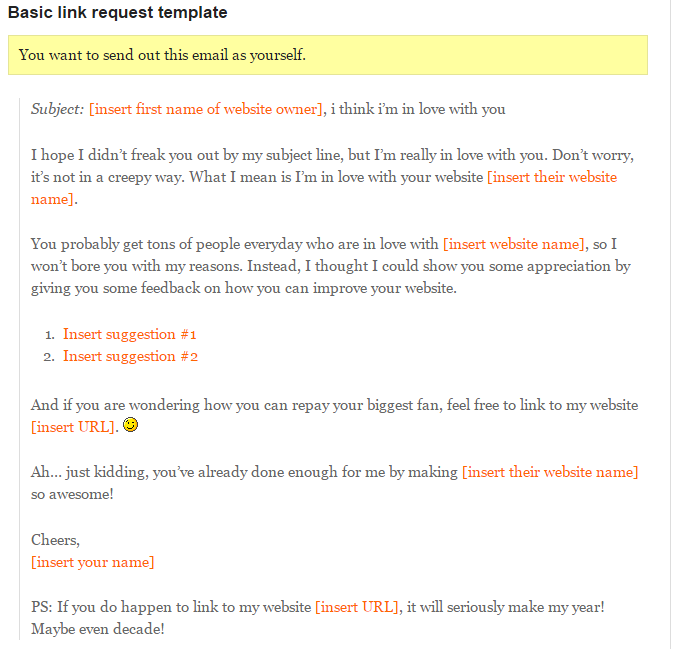
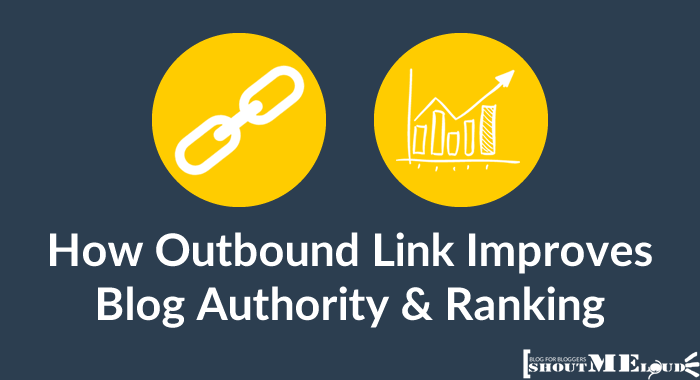














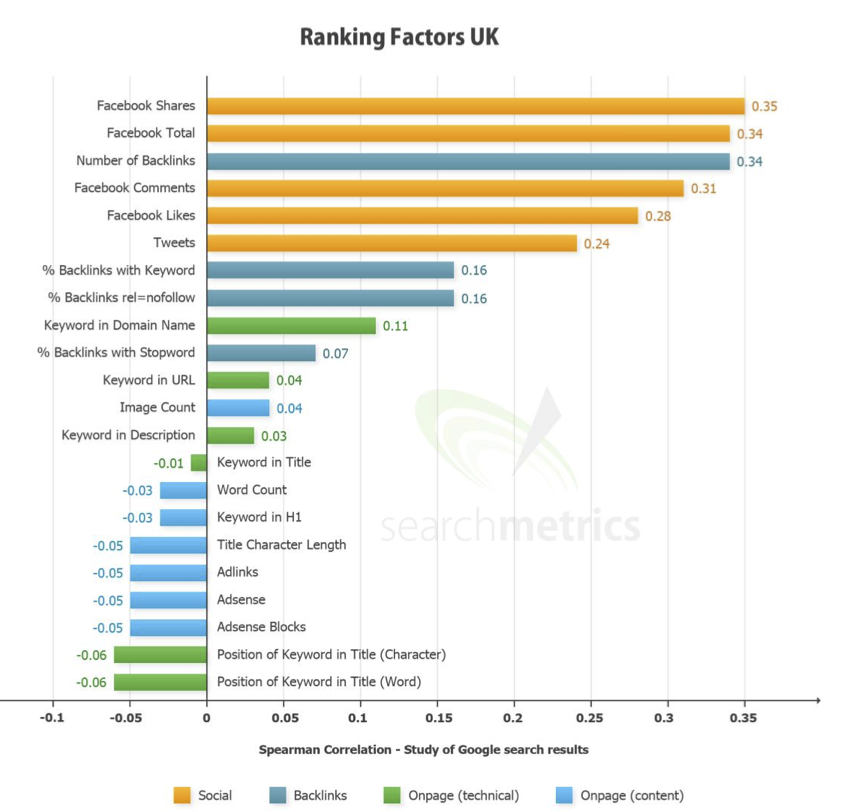




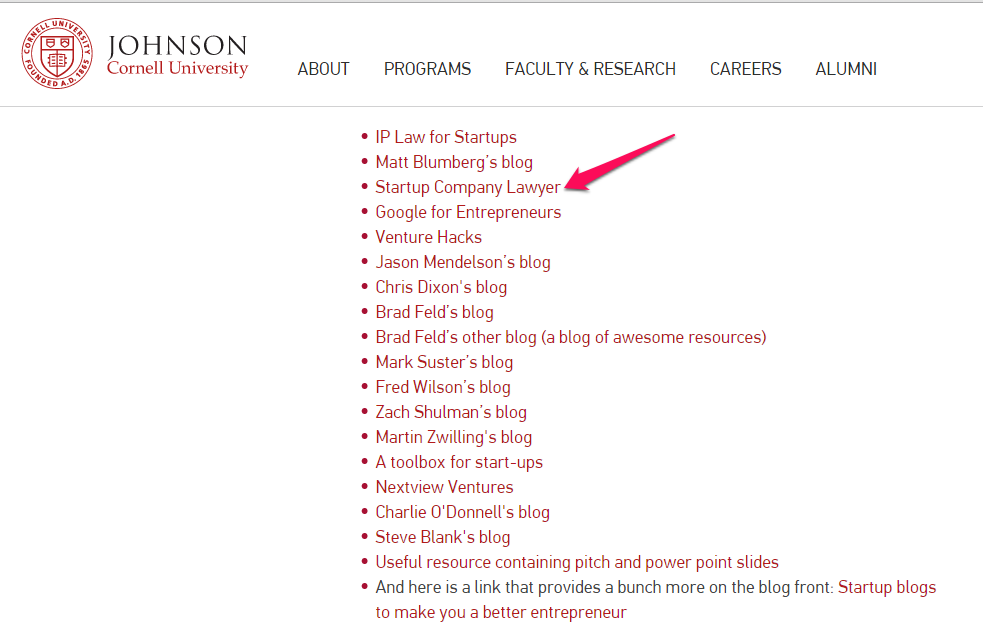




Comments (405)